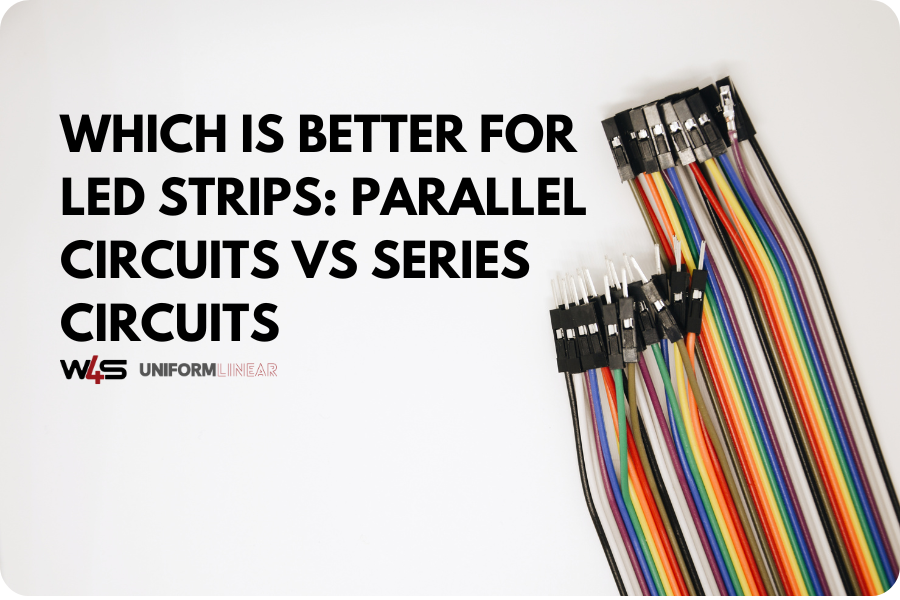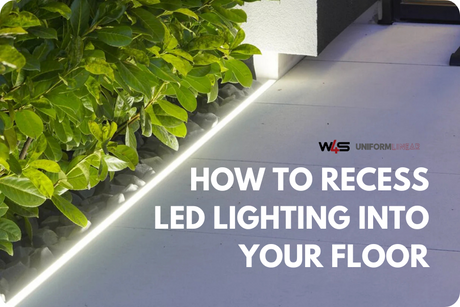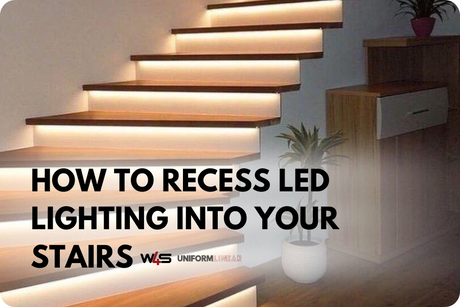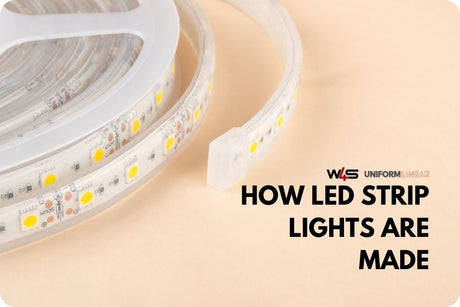Introduction
LED strip lights have completely revolutionized how we think about lighting. These versatile and energy-efficient lighting solutions are ideal for a variety of applications, from brightening up your kitchen countertops to creating a cozy ambiance in your living room or adding a vibrant glow to your outdoor patio.
However, when it comes to installing them, one of the most common challenges is figuring out the best wiring configuration. Should you choose a series connection, a parallel connection, or even a combination of both?
The wiring configuration you select will significantly influence your LED strip lights' performance, longevity, and ease of installation. In this guide, we’ll break down the differences between series and parallel circuits to help you make an informed decision that aligns with your lighting goals.
Understanding LED Circuits

Before diving into the specifics of series and parallel configurations, it’s essential to review some foundational electrical concepts:
- Voltage: The electrical potential that drives current through a circuit, measured in volts.
- Current: The rate at which electric charge flows through a circuit, measured in amps.
- Resistance: The opposition to current flow, measured in ohms.
When working with LED strip lights, understanding these principles is critical because the way you wire them—whether in a series connection or a parallel connection—affects how these electrical factors interact. Additionally, the type of power source or power supply you choose plays a vital role in ensuring your LEDs operate efficiently and safely.
Series Circuits
In a series circuit, all components, including your LED strips, are connected end-to-end, forming a single continuous path for the electrical current.
How Series Circuits Work
When you wire LED strip lights in series, the electrical current flows sequentially through each LED. This means that the current remains constant throughout the circuit, but the voltage gets divided across each LED strip.
Advantages of Series Circuits
- Uniform Brightness: Since the current remains constant, all LED strips in series maintain consistent light output.
- Simplified Wiring: A single path for current flow means fewer electrical components and connections.
- Reduced Power Consumption: Series configurations can minimize the overall power demand by distributing the voltage across multiple LEDs.
Disadvantages of Series Circuits
- Voltage Drop: Each LED reduces the available voltage, leading to potential dimming issues, especially toward the end of the string of LED strips.
- Single Point of Failure: If one LED fails, the entire circuit is interrupted, and none of the LEDs will light up.
- Limited Flexibility: Series wiring is not ideal for longer LED strip installations or when a higher voltage power supply is unavailable.
Parallel Circuits

In a parallel circuit, each LED strip is independently connected to the power source, creating multiple pathways for the electrical current.
How Parallel Circuits Work
When LED strips are wired in parallel, each strip receives the same voltage from the power supply while drawing its current. This ensures consistent brightness across all strips in parallel, regardless of their position in the circuit.
Related: How to wire LED strips in a parallel circuit
Advantages of Parallel Circuits
- Consistent Voltage: All strips receive equal voltage, ensuring uniform brightness throughout the installation.
- Independent Operation: If one LED fails, the others remain unaffected, maintaining the lighting system’s functionality.
- Longer Runs: Parallel wiring is better suited for longer LED strip installations, as it mitigates voltage drop issues.
Disadvantages of Parallel Circuits
- Complex Wiring: Connecting each strip to the power source requires more effort, including additional wires and connections.
- Higher Power Requirements: A parallel configuration increases the overall current draw, necessitating a higher-capacity power supply.
- Inconsistent Brightness in Low-Quality LEDs: Variations in the quality of LED strip lights can lead to minor differences in brightness.
Comparative Analysis

To make an informed choice between series and parallel circuits, it’s important to evaluate how these configurations impact key factors such as energy efficiency, cost, and reliability.
Energy Efficiency
- Series Circuits: With their constant current flow, series circuits can be slightly more energy-efficient. However, voltage drop across the circuit can compromise the light output, especially in longer strips in series.
- Parallel Circuits: While avoiding voltage drop, parallel configurations typically consume more power due to the higher current demand. A constant current LED driver may help optimize efficiency in such setups.
Cost Implications
- Series Circuits: The simpler wiring process makes series configurations more cost-effective upfront. However, their susceptibility to voltage drop may require higher-quality LED strips or additional components to compensate.
- Parallel Circuits: While more reliable, the increased complexity in wiring and the need for a higher-capacity power source can raise installation costs.
Best Use Cases
- Series Circuits: Ideal for short LED strip installations or projects requiring uniform brightness with minimal wiring.
- Parallel Circuits: Best suited for large-scale projects, longer runs of LED strip lights, or applications where reliability and consistent brightness are crucial.
Installation Tips
Regardless of your chosen wiring configuration, proper installation is key to achieving the desired light output and ensuring your LED strips last as long as possible. Here are a few practical tips:
- Double-check Connections: Ensure that all positive and negative terminals are correctly aligned. Misaligned connections can lead to circuit failure or uneven brightness.
- Use a Soldering Iron for Secure Joints: Soldering connections ensure a more durable and reliable circuit compared to using quick connectors.
- Choose the Right Power Supply: Calculate the total power requirements of your LED strips to select a power supply with sufficient capacity. A power supply voltage mismatch can lead to poor performance or damage to the LED strips.
- Consult Qualified Personnel: For complex installations or when combining series-parallel circuits, seek professional assistance to ensure safety and efficiency.
Conclusion
The choice between series and parallel circuits for wiring LED strip lights ultimately depends on your specific project requirements. Series circuits are simple, cost-effective, and energy-efficient for smaller installations, while parallel circuits offer greater reliability and consistent brightness for larger-scale projects.
By understanding how electrical current flows through these configurations and choosing the appropriate power supply, you can create a lighting setup that is both functional and visually stunning.
Whether you’re a DIY enthusiast or a professional installer, taking the time to evaluate your power demand and wiring configuration will ensure your LED strip lights shine brightly for years to come. So, grab your soldering iron, plan your connections, and let your creativity illuminate every corner of your space.
FAQs
Can I mix series and parallel circuits in one LED installation?
Yes, but it requires careful planning and precise calculations to ensure proper voltage and current distribution. A mix of series-parallel circuits is often used in complex lighting projects.
How do I calculate voltage requirements for my LED strips?
For a series circuit, add the voltage requirements of all strips in series. In a parallel circuit, ensure your power supply can handle the total current draw of all LED strips.
How many LED strips can I include in one parallel circuit?
This depends on the capacity of your power source and the current rating of the LED strips. Always check manufacturer specifications to avoid exceeding the power supply’s maximum output.
What happens if I exceed the power supply voltage or current rating?
Exceeding the power supply’s limits can cause overheating, reduced light output, or permanent damage to your LED strips and electrical components.
What are the typical lengths for LED strip lights in series vs. parallel setups?
Series circuits work well for shorter lengths due to voltage drop limitations, while parallel circuits can support longer runs without compromising performance.



























